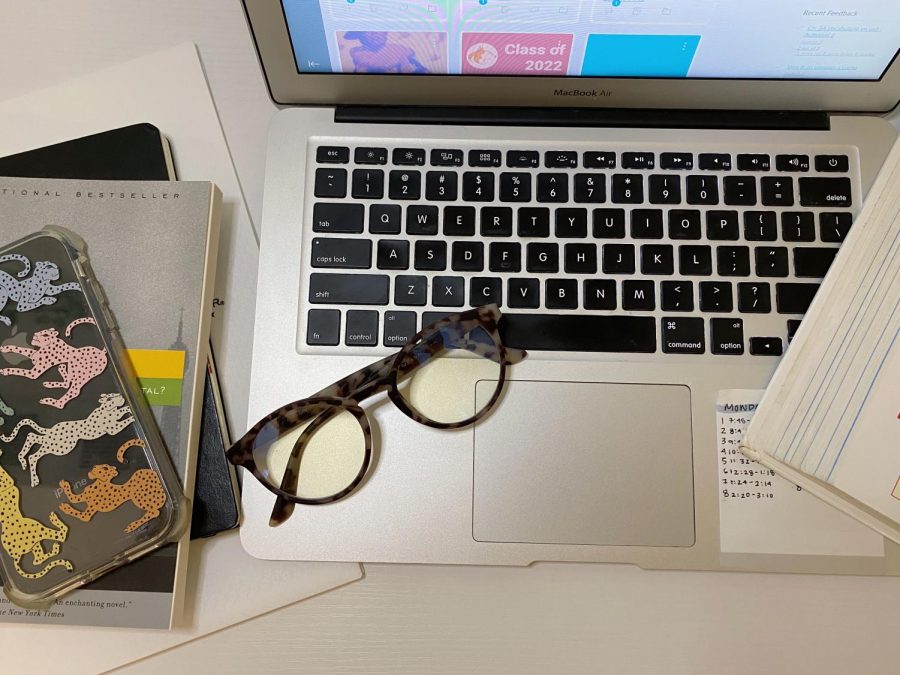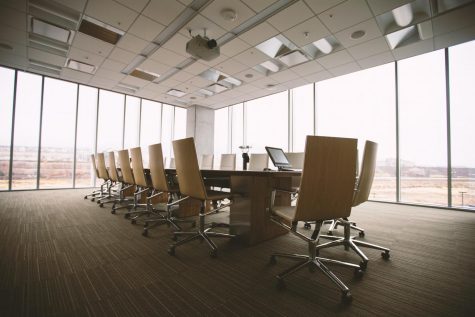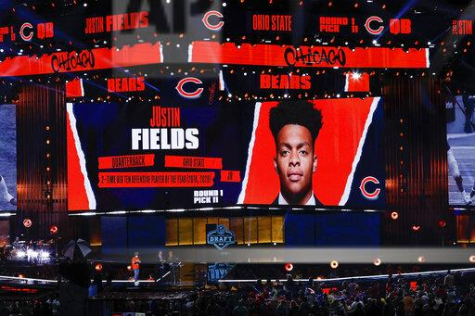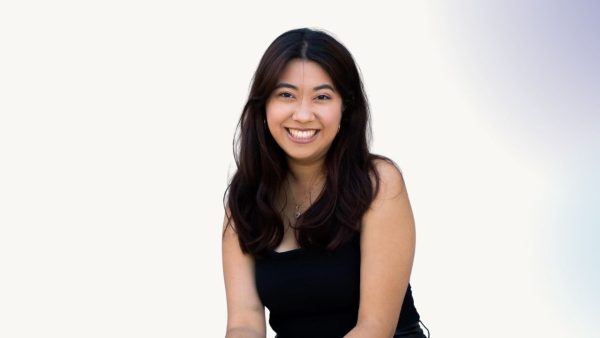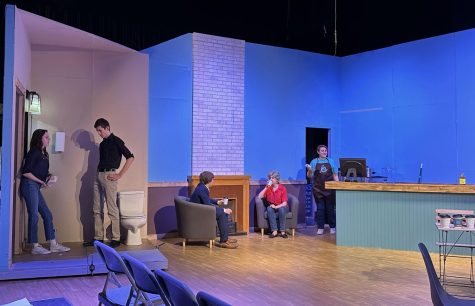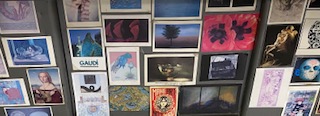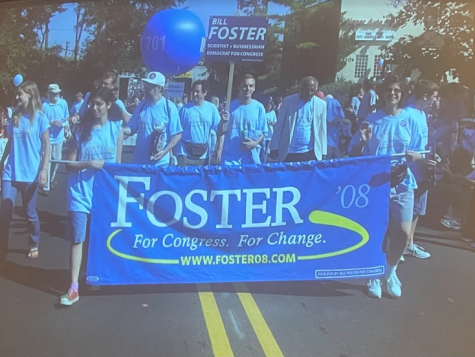The effects of blue light and how to prevent them
Photo by Julia Putman
Since the 2020-2021 school year has begun fully online, Naperville North High School students are facing new challenges in this upcoming year, one of them being longer amounts of screen time and blue light exposure.
While COVID-19 continues to be a threat to students and staff, Zoom has become the primary application used to conduct synchronous learning in schools across the district. This reduces the spread of the virus, especially compared to in-person learning, however, it adds additional screen time and increases the amount of blue light rays students endure during their days. Dr. Michael Halkias, an optometrist at Naper Grove Vision Care, is concerned for what blue light can possibly do to the eyes after years of exposure, especially since our daily screen time has increased dramatically.
“Blue light is the high frequency wavelength of light that emits from our electronic devices and could potentially damage our eyes due to a long duration of staring at a computer screen,” Dr. Halkias said.
Since the advancements in technology are fairly new, Dr. Halkias and other optometrists are unsure of the possible long term effects of phones, tablets and computer screens. Regular exposure to blue light from the sun has multiple benefits: it boosts your body’s alertness, helps enhance memory and heightens your mood. Although the long term effects are unknown, short term effects of exposure to artificial blue light can include eye strain, eye pain, headaches and insomnia. Blue light from electronic devices, especially at night, can change and confuse your circadian rhythm, the body’s biological clock.
Blue light emits the most intense frequency of light, which is why many people experience eye pain and headaches while using their electronic devices.
“It does put stress on the retina (which is located at the back of the eye and contains light-sensitive cells), and more specifically it puts stress on the macula, the most sensitive central part of the retina that is responsible for central vision,” Dr. Halkias said.
Luckily, there are ways to counteract the effects of blue light. A popular option among students are blue light glasses; they are affordable, help with headaches and come in various styles. The glasses contain either a yellow or red tint within the frames that mellow down the intensity and filter out the blue light wavelengths by 50-100%. Junior Victoria Kostecki has recently invested in blue light glasses and uses them daily for school and other activities.
“I remember when I first didn’t have them for the first week that we started school, I would get headaches and my eyes were really tired, but then I got [blue light glasses] and I really saw a difference in how my eyes felt,” Kostecki said.
As more students begin to wear blue light glasses their actions have encouraged others to also hop on the bandwagon. Kostecki admitted to learning about these glasses through friends and family members, as well as junior Olivia Rees, who’s learning experience improved from purchasing the glasses.
“I am on my computer for around five to six hours a day and because of this I was experiencing a lot of headaches after school, [so] one of my friends suggested I look into blue light glasses.” Rees said.
Both Kostecki and Rees purchased their glasses off of Amazon. Most blue light glasses range in prices from $20 to $30 and come in a variety of shapes and colors, including circular and square frames and colors such as clear, black and tortoise shell.
With new developments and understanding of the relationship between blue light and eye strain or headaches, doctors can further develop the best prototype of eye protection to counter the effects of the intense wavelengths. Most electronics have certain settings built into them that allow their blue light emissions to be turned off. There are also yellow screen protectors that cover your computer screen and block out the rays. If for some reason you are unable to get a hold of physical blue light blocking tools, Dr. Halkias explains a natural way to undo the effects blue light can cause.
“If blue light glasses are not an option for you, follow the 20-20-20 rule. This means for every 20 minutes that you are exposed to blue light, look at an object 20 feet away for 20 seconds. This will help undo all of the strain that was put on your eye’s previously and will help reverse the effects of blue light,” Dr. Halkias said.
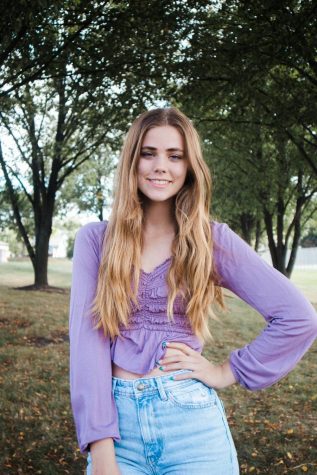
Julia Putman is a senior at Naperville North High School and is excited to take on the position of Multimedia Managing Editor in her second year writing...

